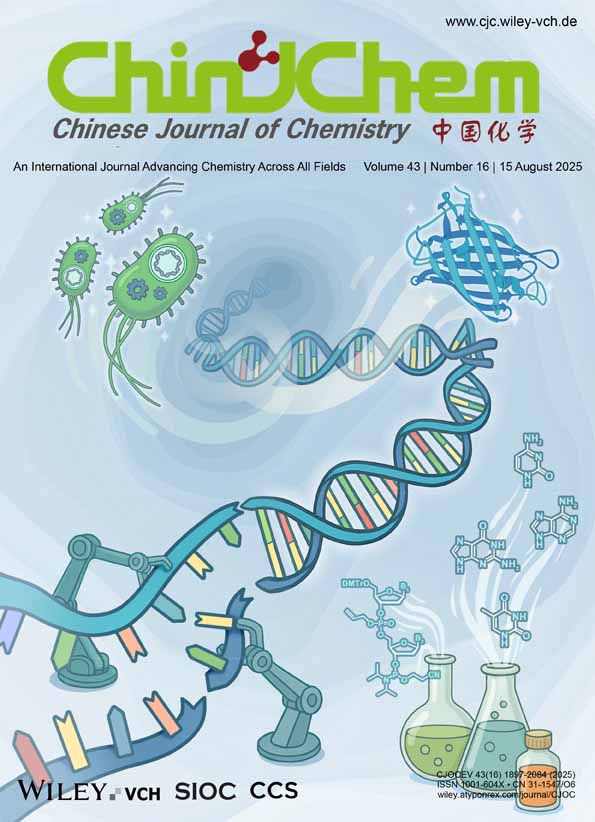A phase separation fluoroimmunoassay of estradiol†
Dedicated to Professor HUANG Wei-Yuan on the occasion of his 80th birthday.
Abstract
A competitive indirect fluoroimmunoassay of free estradiol (E2) was established based on the thermal sensitivity of hydrogel–-poly-N-isopropylacrylamide. Free estradiol was covalently bound to bovine serum albumin (BSA) to form complete antigen (E2-BSA), which was in turn labeled by fluorescein isothiocyanate (FTTC) as the fluorescence probe. The anti- E2 monoclonal antibody (McAb) was prepared by an in vivo method, and coupled with N-isopropylacrylamide (NIPA) to make an immune copolymer, poly-N-isopropylacylamidemonoclonal antibody (pNIPA-McAb), for the determination of free E2. The immunoassay method was based on the competitive binding of free E2 and fluoresceinated antigen (E2-BSA-FTTC) with limited amount of pNIPA-McAb. When the immunological reaction was over, precipitation and centrifugal procedures were carried out to separate pNIPA-McAb-E2-BSA-FTTC from other constituents in solution. The precipitate pNIPA-McAb-E2-BSA-FTTC was dissolved in solution and then the fluorescence intensity was measured. The calibration curve covered a range of 78–500 ng/mL for free E2. The recoveries were 91.2–107.2%.




